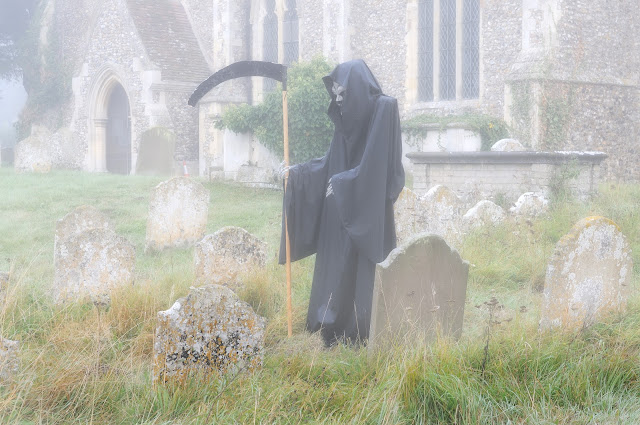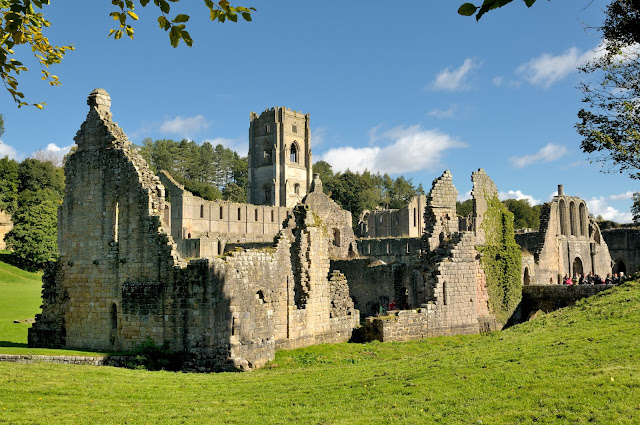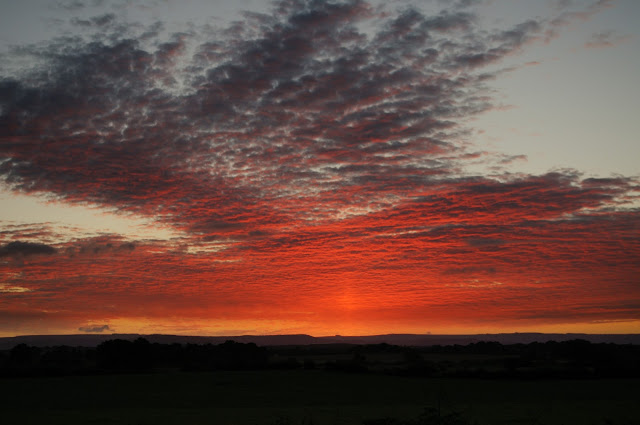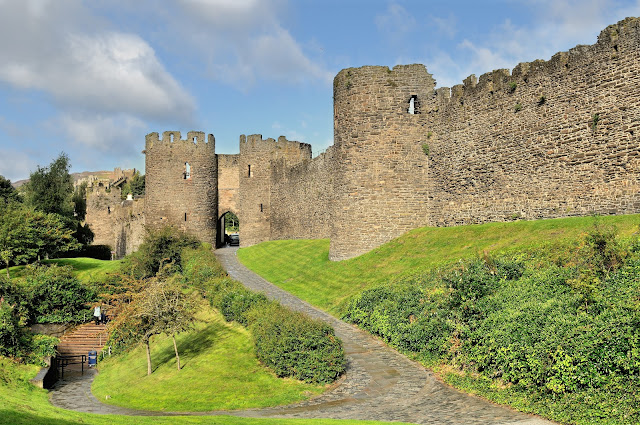The Spirit of Christmas Past

Layham held a scarecrow festival this year with the theme of Dickens characters, and here are images from the ones near the church. The idea was raising funds for the church and I think about £200 was the total raised. The Spirit of Christmas Past appropriately surrounded by mist one morning The Old Curiosity Shop More of The Spirit of Christmas Past Great idea and my only wish, in hindsight, was that I had photographed more of them. Ah well, another time! Home





